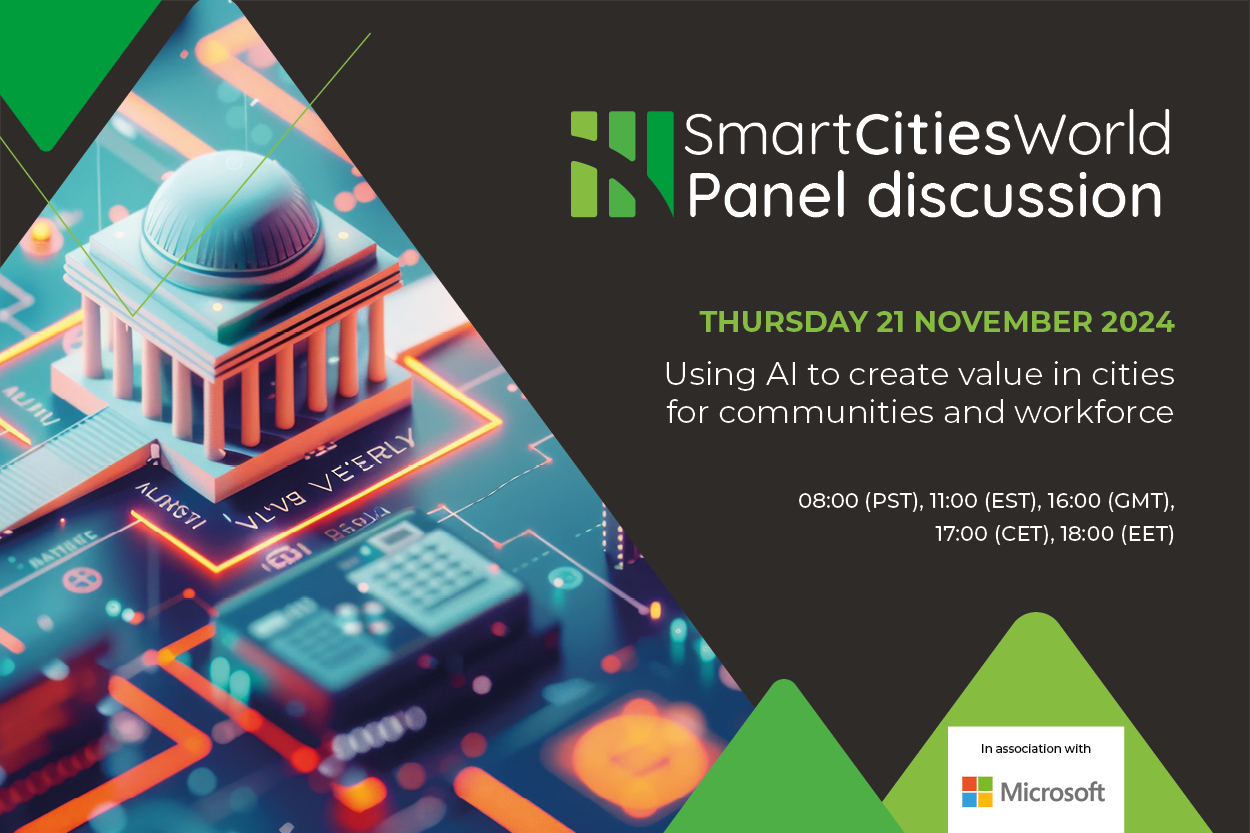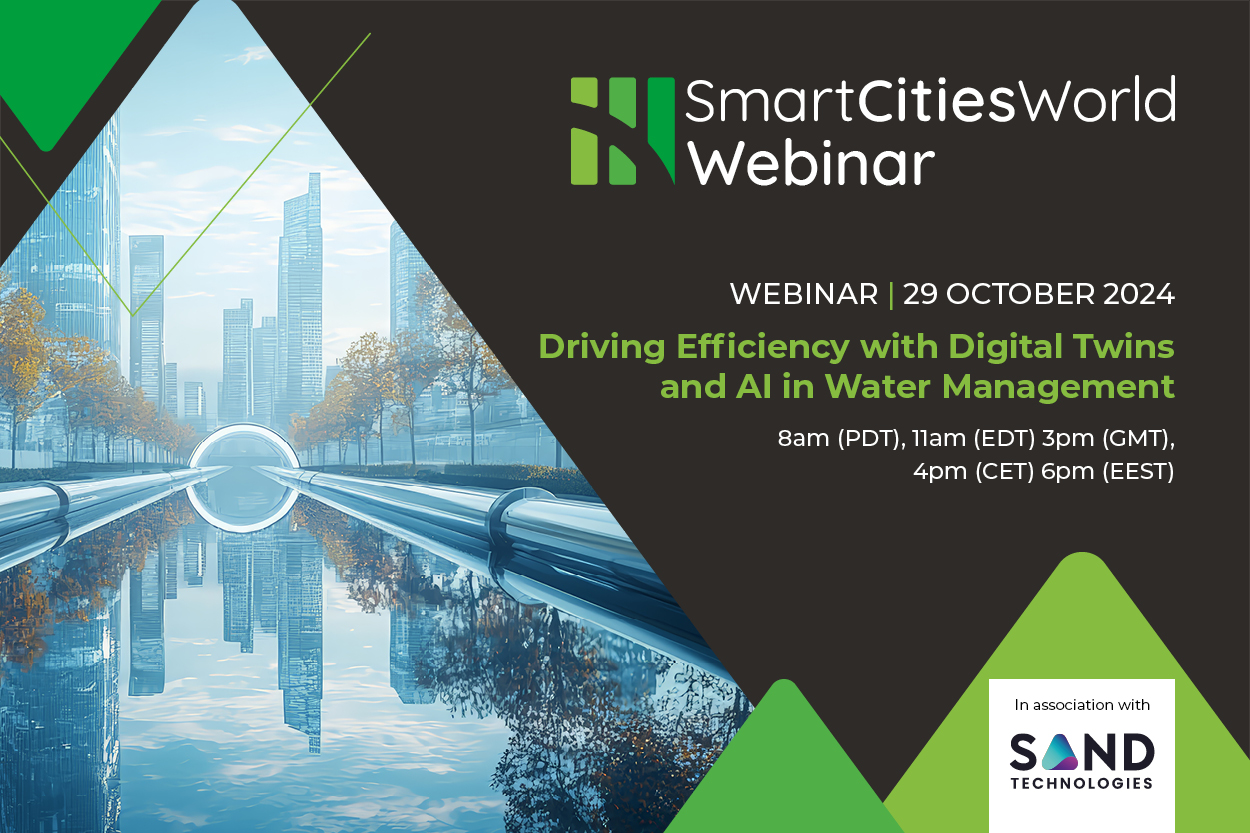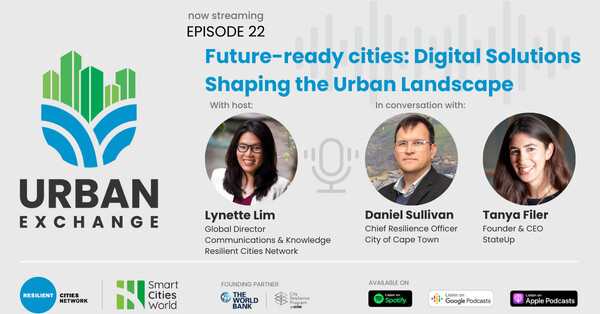Special Reports
SusHi Tech Tokyo 2024: experience ‘Tokyo 2050’ todaySponsored by The SusHi Tech Tokyo 2024 Showcase Program Executive Committee
Multi-channel citizen engagement and XaaS: Gartner pinpoints next govtech trends
The analyst house urges government CIOs to include these trends in their strategic planning over the next 12 to 18 months.

Gartner has identified what it sees as the top ten government technology trends for 2019-2020 with the most potential to optimise or transform public services.
The analyst house urges government CIOs to include these trends in their strategic planning over the next 12 to 18 months.
Demystifying digital
Gartner’s strategic technology trends, which are not ranked in numerical order, are designed to help government CIOs establish the rationale, timing and priority of technology investments.
“They do not represent what government CIOs are spending most of their time or budget on today. The trends will vary in importance depending on the tier of government (national, regional or local), region and business context,” Garner said. “CIOs can use these trends to engage stakeholders, demystify concepts and promote discussion about their value to citizens and society.”
- Adaptive security
An adaptive security approach treats risk, trust and security as a continuous and adaptive process that anticipates and mitigates constantly evolving cyber threats. It acknowledges there is no perfect protection and security needs to be "adaptive, everywhere, all the time".
- Citizen digital identity
Digital identity is the ability to prove an individual’s identity via any government digital channel that is available to citizens. Many governments have been slow to adopt digital ID programmes.
“Government CIOs must provision digital identities that uphold both security imperatives and citizen expectations,” Gartner said.
- Multichannel citizen engagement
“Governments that meet citizens on their own terms and via their preferred channels, such as in person, by phone, via mobile device through smart speakers, chatbots or via augmented reality, will meet citizen expectations and achieve program outcomes,” according to Gartner.
A 2018 survey found that more than 50 per cent of government website traffic now comes from mobile devices.
- Agile by design
CIOs are urged to create a "nimble and responsive environment" by adopting an agile-by-design approach. This is "a set of principles and practices used to develop more agile systems and solutions that impact both the current and target states of the business, information and technical architecture".
- Digital product management
In the 2019 Gartner CIO Survey, more than two-thirds of government CIOs said they already have, or are planning to implement, digital product management (DPM). Often replacing a ’waterfall’ project management approach, DPM involves developing, delivering, monitoring, refining and retiring products or offerings for business users or citizens. It causes organisations to think differently and delivers tangible results more quickly and sustainably, Gartner said.
- Anything as a Service (XaaS)
XaaS covers the full range of IT services delivered in the cloud on a subscription basis. The 2019 Gartner CIO Survey found that 39 per cent of government organisations plan to spend the greatest amount of new or additional funding on cloud services.
According to Gartner, the XaaS model offers an alternative to legacy infrastructure modernisation, provides scalability and reduces time to deliver digital government services.
- Shared services 2.0
Many government organisations have tried to drive IT efficiencies through centralisation or sharing of services – although Gartner notes that, to date, this has often delivered “poor results”.
Shared services 2.0 shifts the focus from cost savings to delivering high-value business capabilities such as enterprise-wide security, identity management, platforms or business analytics.
- Digitally empowered workforce
A digitally enabled work environment is linked to employee satisfaction, retention and engagement – but the government sector lags behind other industries in this area, Gartner says, noting that a workforce of self-managing teams needs the training, technology and autonomy to work on digital transformation initiatives.
- Analytics everywhere
Gartner refers to the pervasive use of analytics at all stages of business activity and service delivery as "analytics everywhere," saying it shifts government agencies from the dashboard reporting of lagging indicators to autonomous processes that help people make better decisions in real-time.
- Augmented intelligence
Gartner recommends that government CIOs reframe artificial intelligence as “augmented intelligence,” which it defines as a “human-centered partnership model of people and artificial intelligence working together to enhance cognitive performance.”
Macrotrends
Gartner noted that the trends fit into a broader set of macrotrends, including social instability, "perpetual austerity", an ageing population, rising populism and the need to support sustainability goals.
"Technology priorities must be established in the context of business trends such as digital equity, ethics and privacy, widening generational chasms and the need for institutional agility."
“Now more than ever, technology priorities must be established in the context of business trends such as digital equity, ethics and privacy, widening generational chasms and the need for institutional agility,” said Rick Howard, research vice president at Gartner. “Public sector leaders expect government CIOs to find ways technology can reduce costs, create efficiencies and improve outcomes for citizens and businesses. They also expect CIOs to consider the social, technological, economic, environmental and political trends that impact the constituents they serve.”
“In a digital society, forward-looking government officials know that ‘policy is the technology and technology is the policy,’ said Howard.
“Any government service delivered at scale is underpinned by a host of technologies. If the success of these business projects is compromised by poor implementation of technology, then the political objectives are compromised, too,” he added.
You might also like:
- Countering AI bias, domestic robots and detecting deep-fakes: 10 predictions for 2020 and beyond
- Smart cities: Software is eating the world
- To co-create better cities, meet people where they are

















